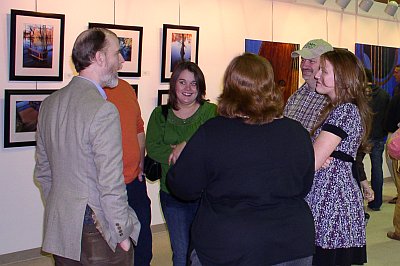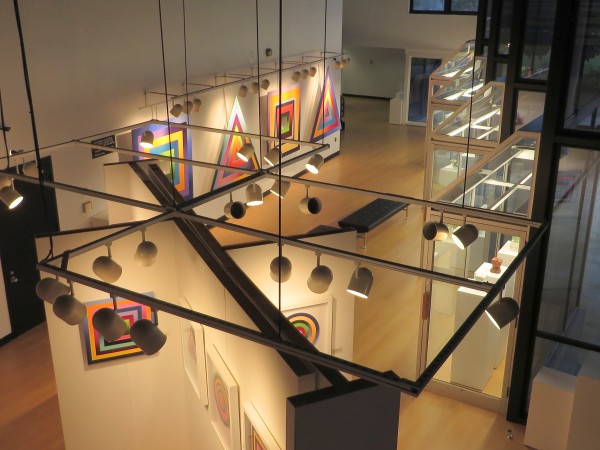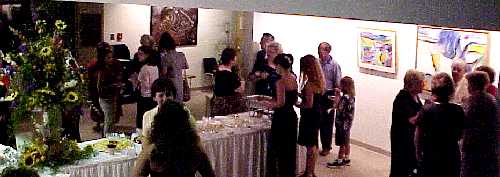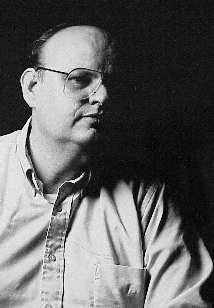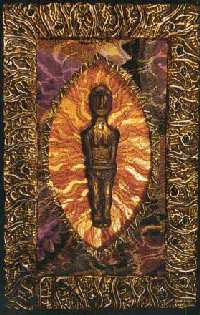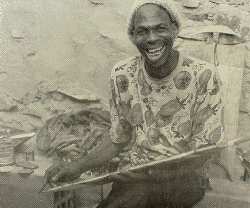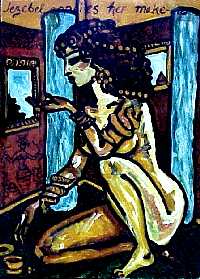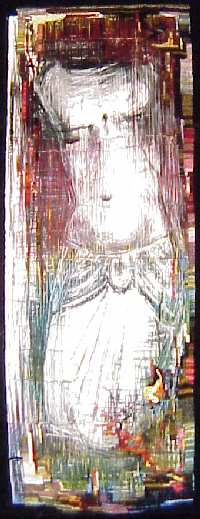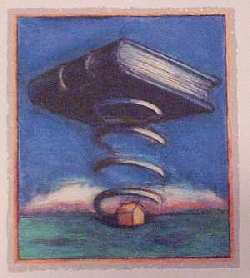 Chambers by Rose Metz
Chambers by Rose Metz
|
Art
Gallery Series
October 5 - November 5, 1999
Smith University Center Gallery
Water Media
Abstractions & Non-Objective Paintings by Rose Metz
"My pictures are all
moments of my life ... instantaneous visual experiences, often noted
spontaneously. When I begin to paint, it's like leaping into the
unknown & never knowing how I'll get back."
A resident of South
Carolina
since 1975, Rose Marie Metz has taught watercolor painting &
drawing
at the Sumter Gallery of Art for many years. Additionally, she has
taught
a class in Summerton, SC & has given workshop instruction in
Columbia,
Florence & Lancaster, SC.
Her
professional education
background includes studying at the Cleveland Institute of Art, the
Fort Worth Museum of Western Art, the University of South Carolina and
for many years, the Leroy Springs Art Workshops in Myrtle Beach, SC.
She has studied abroad at Peterboro, England & the Fortman
Studios
in Florence, Italy. She has taken
numerous painting seminars with such noted artists as Betty Lou
Schlemm, Ferdinand
Petrie, Alex Powers, Robert Mills, and Guy Lipscomb.
She
has shown versatility in
her choice of subject matter by painting abstracts,landscapes, florals,
still life, figure study & collage. She has received many
awards
& her
paintings reside in collections in the U.S., and abroad in Germany,
Switzerland
& Italy. In 1991 she was awarded first place in the South
Carolina
Watercolor Society Competition, Best in Show in the Sumter Fall Fiesta
in both 1990 and 1991 & Honorable Mention in the 1991 Beaufort
Water Festival Show. Recently she won third place in Mixed Media at the
1992 State Fair & Honorable
Mention in the 1992 Springs Travelling Exhibition. She has held one
woman
shows in Camden, Lancaster & the Florence, SC Museum. Corporate
purchases
of her works include Riley & Company, Aircap Industries, the
Sumter
Cultural
Commision, the Springs Industries Collection, J.C. Bradford, Siebels
Bruce.
Commins Moses Realty, Galloway & Moseley, Fort Roofing
& Edens
Peanuts.
She has also been accepted in shows in Oklahoma & Los Angeles,
California.
Mrs
Metz has been accepted by
the SC Cultural Commision to participate in the Artist-in-Residence
Program & is a member of the SC Watercolor Society &
the Sumter
Artists Guild.
|
